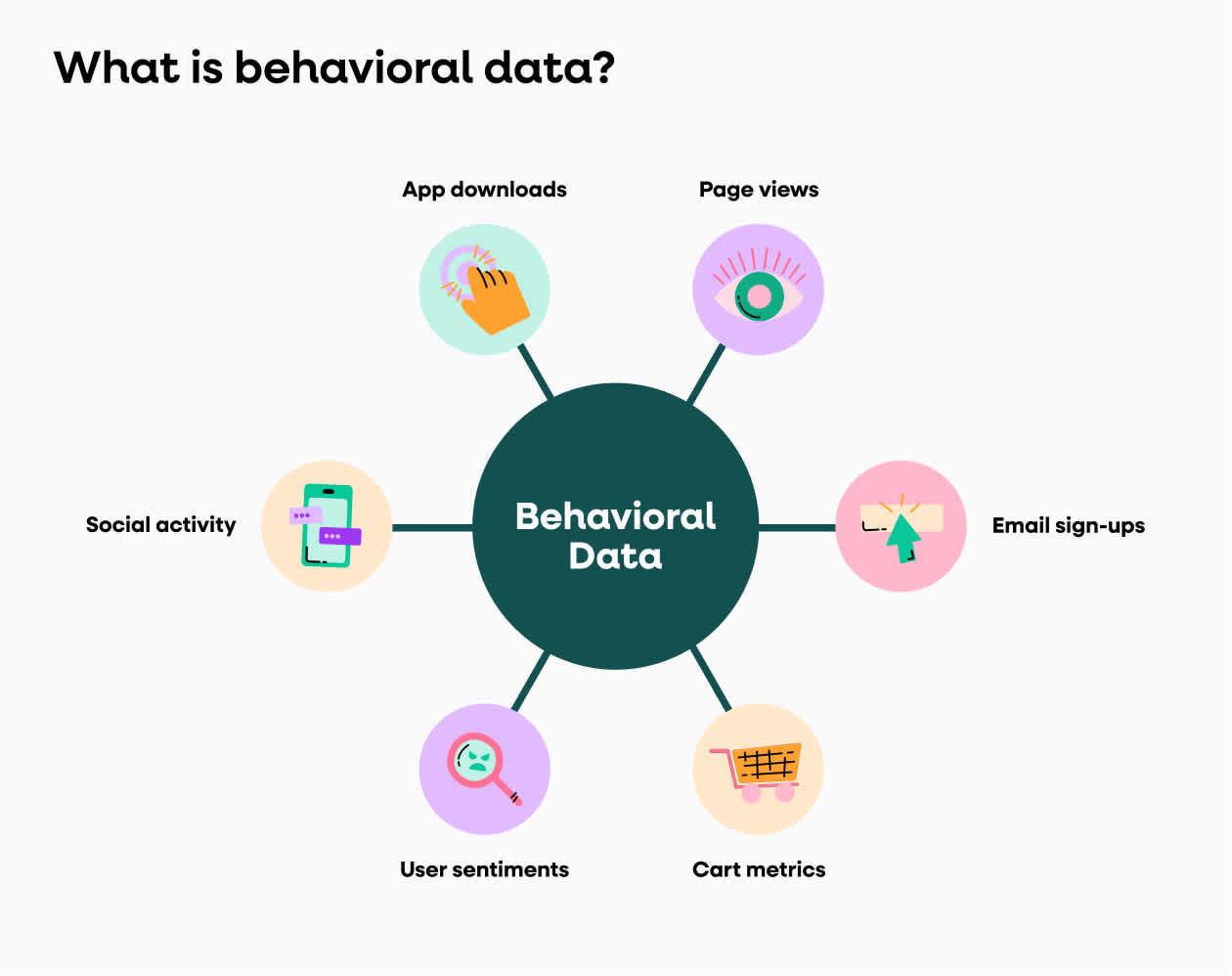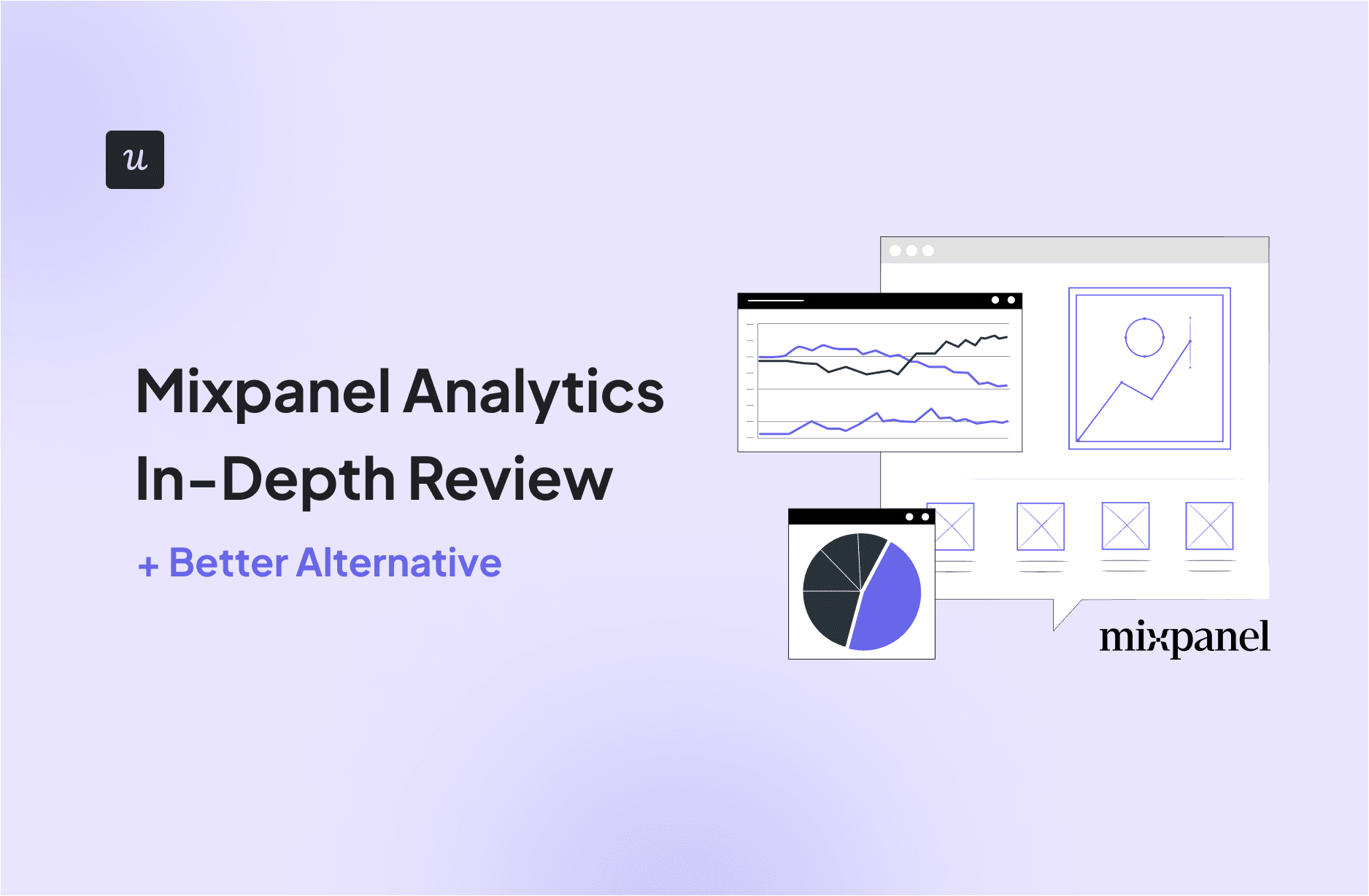Using Behavioral Analytics for Retargeting: Strategies that Outperform Traditional Methods
Meta Description: Discover how leveraging behavioral analytics can revolutionize your retargeting efforts, offering superior strategies that enhance targeting, engagement, and conversion rates.
In the ever-evolving realm of digital marketing, staying ahead of the curve is paramount. This is where the expertise of Marco Hinkel, a digital marketing strategist with over 6 years of experience in behavioral analytics and retargeting campaigns, shines. He has empowered 30+ businesses to enhance their online presence and engagement through data-driven strategies. In today's post, we will delve into the transformative approach of using behavioral analytics for retargeting, providing actionable insights and strategies that surpass traditional methods.
Understanding Behavioral Analytics
What is Behavioral Analytics?
Behavioral analytics is the process of using data collected from user interactions—such as website visits, clicks, and engagement metrics—to understand consumer behavior. Unlike traditional analytics, which may focus solely on aggregate data, behavioral analytics digs deeper into individual user actions, helping marketers identify patterns and trends that inform their strategies.

The Importance of Behavioral Analytics
In a world where personal relevance drives engagement, understanding user intent is vital. Behavioral analytics enables businesses to tailor their marketing efforts, significantly boosting the effectiveness of retargeting campaigns. With the right insights, brands can create personalized experiences that resonate with their audience, fostering deeper connections and driving higher conversion rates.
The Impact of Behavioral Analytics on Retargeting Outcomes
Enhanced Retargeting Efficiency
Utilizing behavioral analytics can lead to significant improvements in retargeting efficiency. Research from the Digital Marketing Association indicates that behavioral retargeting can increase conversion rates by up to 1000% compared to traditional display ads. By honing in on user behavior, marketers are empowered to target individuals with a history of engagement, thus increasing the likelihood of conversion.
Consumer Preferences for Personalization
Statistics reveal that 72% of consumers only engage with personalized messages (Source: SmarterHQ). By leveraging behavioral analytics, brands can craft personalized communication strategies that speak directly to user interests and needs, resulting in improved engagement and retention.
Real-World Applications of Behavioral Analytics in Retargeting
Successful Implementation Examples
Many companies have effectively adopted behavioral analytics for retargeting and seen remarkable results.
Case Study: Amazon
Amazon is a prime example of a brand leveraging behavioral analytics to enhance user experience. By analyzing customer browsing and purchase history, they create personalized product recommendations, leading to increased sales and customer loyalty.
Before and After: A Transformative Approach
Consider a mid-sized e-commerce brand that transitioned from traditional retargeting methods to a behavioral analytics model. Initially, their standard display ads yielded a conversion rate of 0.5%. After implementing behavioral analytics to tailor ad content based on user behavior, their conversion rate skyrocketed to 3%. This stark improvement underscored the power of personalization.
Practical Strategies to Leverage Behavioral Analytics in Retargeting
Audience Segmentation Techniques
Segmentation is crucial in maximizing the effectiveness of retargeting campaigns. Leveraging behavioral data enables brands to categorize audiences based on specific actions, such as:
| Segment | Description |
|---|---|
| Cart Abandoners | Users who added products to their cart but did not purchase. |
| Recent Visitors | Users who visited the site recently but didn't engage further. |
| Repeat Customers | Loyal customers who have made multiple purchases. |
| Inactive Users | Customers who haven't interacted with the brand in a while. |
Tailored Messaging Strategies
When communicating with segmented audiences, customized messaging is essential. For instance, ads targeting cart abandoners may focus on offering special discounts or reminding them of the products left behind, while messaging for repeat customers could highlight loyalty programs or new arrivals.
Incorporating Predictive Analytics
Predictive analytics enables marketers to anticipate future user behavior by analyzing historical data trends. For example, knowing that a frequent visitor is likely to purchase based on past behaviors allows brands to strategically place ads that encourage the final conversion.
Tools and Technologies for Effective Behavioral Analytics
Recommended Tools
Several powerful tools have surfaced to assist marketers in leveraging behavioral analytics effectively:
- Mixpanel: Focuses on event tracking and user interaction, enabling businesses to analyze user behavior in-depth.

- Hotjar: Offers visual insights into user behavior through heatmaps and session recordings, facilitating a better understanding of user interactions.
- Google Analytics 4: The latest iteration of Google Analytics provides advanced data tracking capabilities, allowing users to analyze customer journeys seamlessly.

- Segment: A powerful platform that captures customer data across different interactions, streamlining data collection for more accurate analysis.
Integration Tips
To maximize the value of behavioral analytics, businesses should integrate these tools with existing marketing platforms. For instance, pairing Google Analytics 4 with CRM systems can create a holistic view of customer interactions, allowing for more targeted retargeting efforts.
Overcoming Challenges in Adopting Behavioral Analytics
Common Pitfalls
While implementing behavioral analytics can transform retargeting strategies, businesses often face challenges such as:
- Data Silos: Fragmented data across different platforms hinders effective analysis.
- Analysis Paralysis: The overwhelming volume of data can lead to indecision, stalling the retargeting efforts.
- Data Literacy Gaps: Teams may lack the expertise to interpret and leverage behavioral data effectively.
Proven Solutions
Addressing these challenges requires strategic actions, such as investing in comprehensive training programs to enhance data literacy or collaborating with data analytics experts who could guide the adoption process efficiently.
Future Trends in Behavioral Analytics
Integration of AI and Machine Learning
The future of behavioral analytics lies in the integration of artificial intelligence and machine learning. These technologies are revolutionizing retargeting strategies by improving predictive capabilities, thus enabling more refined audience segmentation and personalized ad delivery.
Navigating Privacy and Compliance
As data privacy regulations become increasingly stringent, it is crucial for businesses to ensure compliance—particularly with regulations like GDPR. Best practices should include anonymizing data when analyzing user behavior and being transparent with customers regarding data usage.
Conclusion
Incorporating behavioral analytics into retargeting strategies can lead to transformative improvements in user engagement and conversion rates. By understanding and embracing these advanced techniques, marketers can differentiate themselves in a competitive landscape.
To maximize your retargeting potential, consider assessing your current strategies and exploring behavioral analytics tools. For more insights on implementing these strategies, sign up for our newsletter to stay informed about the latest trends and techniques in digital marketing!
